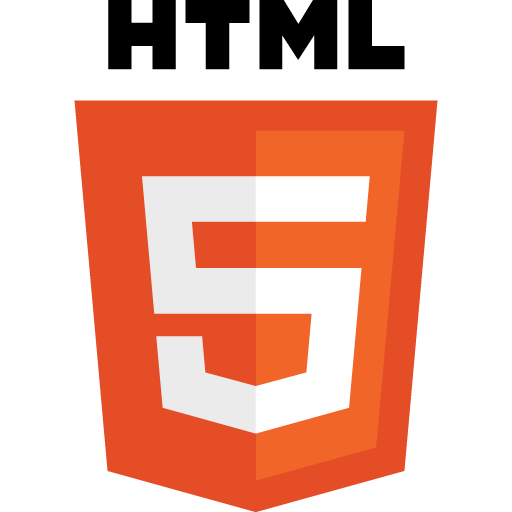The pace by which information technology advances is nothing short of phenomenal, and this applies even with application development trends. Application development methodology evolves at such swift tempo that an emerging approach is somehow eclipsed before the former has reached maturity with the advent of a new one. Brace yourselves, folks! A profound analysis of the goings-on in the application development sector might see the following trends:
Upcoming trend #1: HTML5 and native applications battle it out for desktop and mobile supremacy

HTML5 is the fifth revision of HTML where the last update, HTML4, goes as far back as 1997. HTML5 represents the next evolutionary step towards greater interoperability, offering a more standardized procedure for writing the code even for complex web applications. In terms of capabilities for cross-platform mobile applications, HTML5 is packed with features designed to accommodate smartphones and tablet PCs. In addition, the syntax used in HTML5 makes it easier to integrate graphics and multimedia content without the need of installing proprietary APIs and plugins.
Native applications are described as a locally installed application designed to work for a specific computer environment. For example, a native application will only run under a specific mobile phone operating system. Compared to HTML5, native applications run without the need for a browser.
Upcoming trend #2: The rise of cloud computing
Cloud computing is considered by software application developers as a very lucrative frontier in anticipation of the emergence of countless opportunities. Current technology allows end users to access cloud-based applications using a desktop, a mobile app or a web browser. In cloud computing, applications and their associated data are stored on remote servers, thus eliminating the need for local installation. Additionally, cloud computing shares a number of characteristics with autonomic computing, client-server model, grid computing, mainframe computers, utility computing, and peer-to-peer architecture.
Upcoming trend #3: NoSQL and the fall of relational databases
NoSQL is described as a database management system which do not utilize SQL as its main query language. Compared with the usual relational database programs, NoSQL uses key and value mappings. Moreover, NoSQL does not depend on a fixed schema (i.e. conventional database table). Key value mapping allows storage of data structures, making it possible to create a hierarchical database. NoSQL also enables the user to arbitrarily define keys and values and does not place too much importance on the data format.
Supporters argue that NoSQL is very much capable of efficiently handling massive data sets compared with relational databases. The efficiency of NoSQL is its use of optimized hierarchical structures which tend to minimize data retrieval overhead. Comparatively, conventional relational databases would have to perform complicated table cross-referencing just to retrieve a specific piece of information.
NoSQL also offers alternative query methods such as key/value lookup, XPath lookup, and JavaScript programming language. Although NoSQL is still in its early stages of development, it augurs the great possibility that alternatives to SQL may be developed toward maturity.
Upcoming trend #4: Evolving user interfaces
Advances in desktop and mobile technologies have opened up a lot of opportunities to explore alternative forms of user interfaces or UIs. Research in consumer-centric UI options such as voice, gestures, touch, and kinect are currently underway. Software developers emphasize the need to consider such alternative UIs in order to fully maximize the potential of software products in the market.
Upcoming trend #5: Pumping up GPU computing for business applications
Despite the excitement and interest generated by numerous visually-engaging software applications, business applications are practically stuck in the gutter. Soon, the era of bland and monotonous business applications will be over. Software developers are currently looking into ways of rendering business applications with the much needed makeover. Hence, developers are focused on producing more interactive and intuitive business applications by taking advantage of advanced hardware capabilities. So far, this has been one of the most anticipated developments among the upcoming application development trends.
Applications do come and go. This is the sad and inevitable reality generated by innovation and creativity in applications technology. Trends may also be long or short-lived, but by any measure, users stand to benefit from any application development trends, because the bottom line in finding that ultimate development method for various applications is functionality for the end-user.




![[Blog cover] SEO optimization best practices](https://svitla.com/wp-content/uploads/2025/05/Blog-cover-SEO-optimization-best-practices-560x310.jpg)
